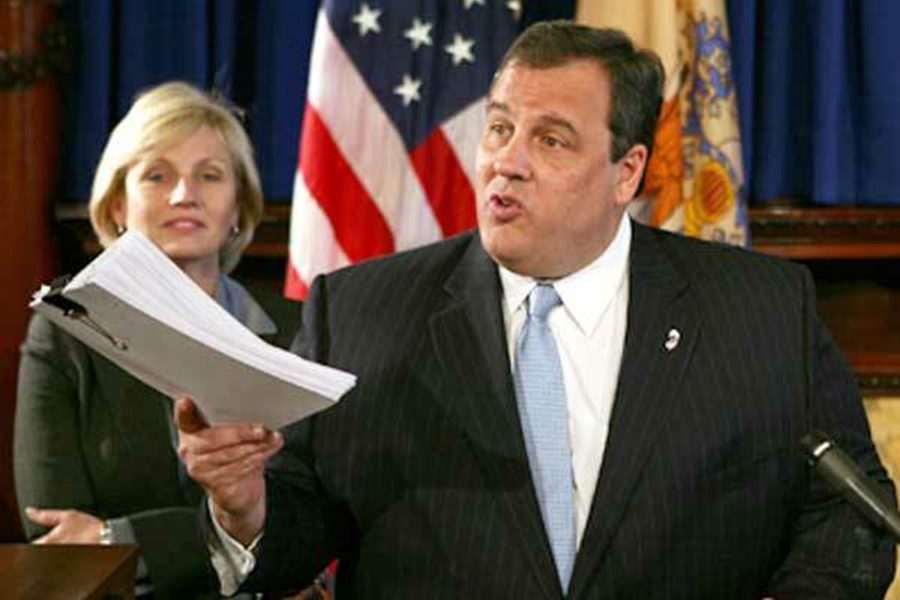Same Work, More Play
As states look to save money, some are shortening public employees’ workweek to four days.
Michelle Chen

After weathering a year of economic catastrophe, we could all use a day off…permanently.
That’s one idea catching on in some states that may reduce the workweek for government employees to four days. Though long weekends year-round might sound like a gift to slackers, the policy is motivated chiefly by fiscal belt-tightening. In the midst of yawning budget gaps, the truncated workweek is becoming an attractive prospect to cash-strapped states. Earlier this year, the postal service weighed a proposal to shore up its finances by shaving a day off mail carriers’ famously stalwart delivery schedule.
One benefit of a “compressed” workweek may be energy savings. Government would use less energy to operate buildings, and employees save on gas consumed by their daily commute.
Working one less day each week does not, however, necessarily translate into less work. The four-day scheme typically requires employees to work 10-hour days. Utah’s 4/10 week, implemented in 2008, appears to be fairly popular with state employees. But the success of any alternative work schedule is always a function of workplace conditions, economic climate and employee motivation.
The longer workday is tied to a decline in overtime hours; employees are presumably eager to escape the office after a 10-hour shift. But does the extra day off balance out the sacrifice? According to a survey analysis of employees by researchers at Brigham Young University, about 80 percent reported having a “positive experience” with the 4/10 week, and more than 60 percent noted “increased productivity.”
In February 2009, Utah Governor Jon Huntsman told National Public Radio that a shortened workweek should be “attractive to anyone who enjoys life outside of their office” – that is, pretty much everyone. “When people have a three-day weekend to look forward to, there apparently is less of a demand to put in for sick leave,” Huntsman said. “Our workforce overall is more efficient during those four days.”
A restructured schedule might even cut down on some of the “waste, fraud and abuse” that politicians love to attack. When a bill for a four-day workweek was floated in New York last year, some argued that, while essential institutions like hospitals must stay open around the clock, the state’s bureaucratic bowels could probably use some streamlining.
But a non-standard week only works when it jives with people’s lives. Shifting to a four-day schedule could, for example, disrupt parents’ child care arrangements. Last fall, Hawaii’s government drew the ire of some parents when it shifted to a four-day school week, shuttering schools on seventeen Fridays to save on education spending. Many fear it will shortchange children’s education.
Utah’s government is still transitioning to its shortened workweek, and a follow-up report by NPR revealed some of the kinks. Disgruntled state employee Nicki Lockhart said the long workday felt “like an eternity” and left her completely drained by the time she got home. And for the state, energy savings have so far fallen short of initial projections.
So would a condensed week help liberate workers from the daily grind, or just drive more exhaustion? Either way, the emergence of the 4/10 week prompts us to rethink how much of our lives revolve around work. The private sector workforce today is increasingly mobile, which means workers will need flexibility – as well as revamped protections – to cope with the accompanying instability.
The idea of a shorter week, whether it stems from budget strains or grassroots pressure, reflects how the Information Age economy continues to redraw the line between work and life. As the workforce shifts toward knowledge industries and cubicles, maybe it’s time to reschedule.
Michelle Chen is a contributing writer at In These Times and The Nation, a contributing editor at Dissent and a co-producer of the “Belabored” podcast. She studies history at the CUNY Graduate Center. She tweets at @meeshellchen.









